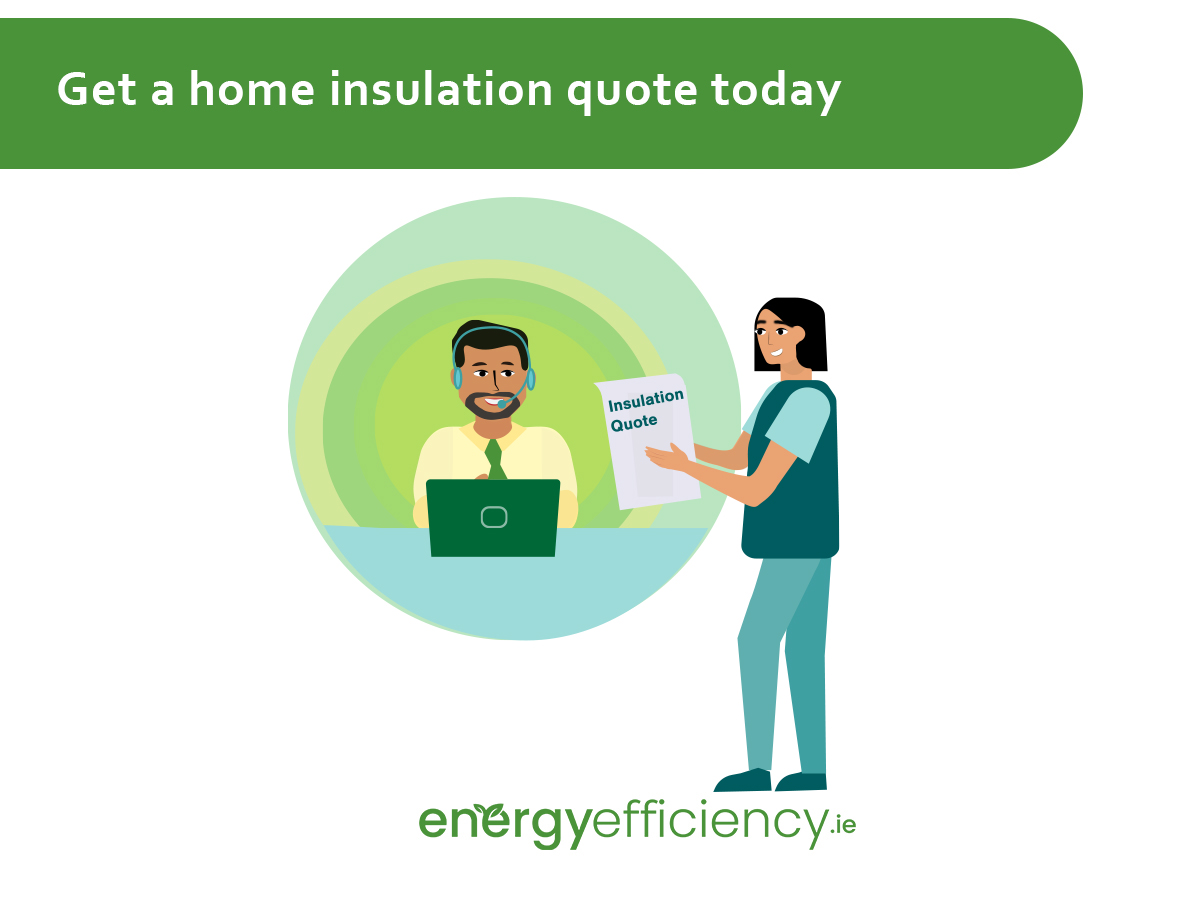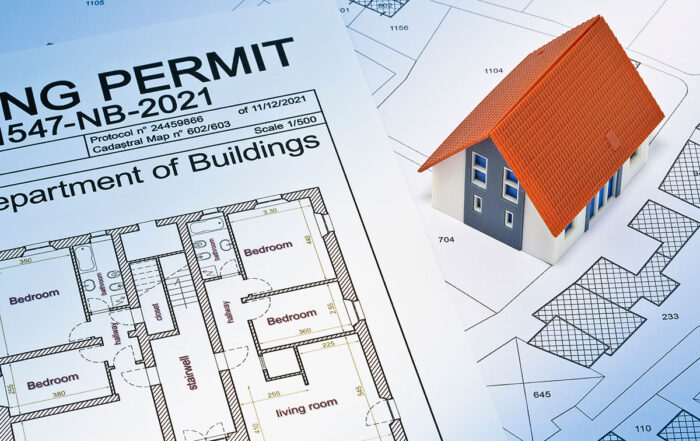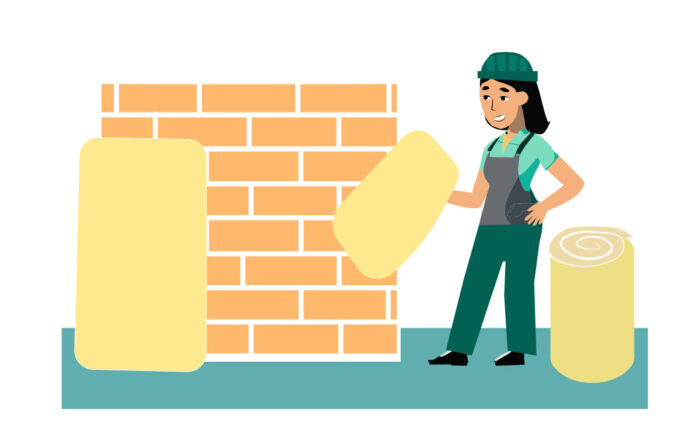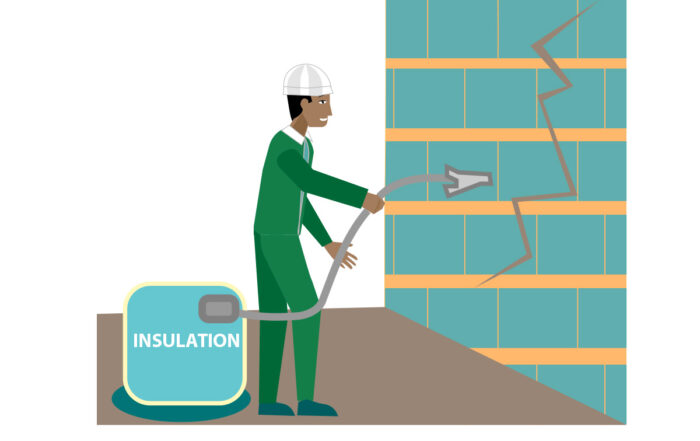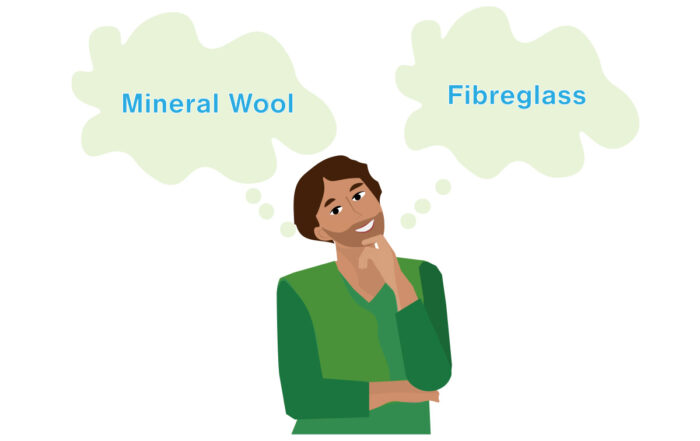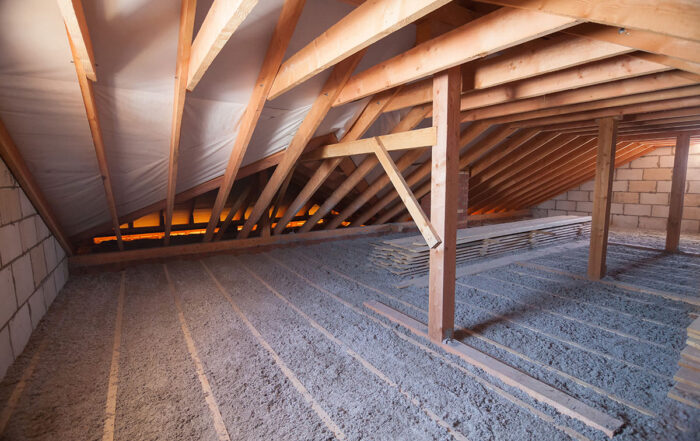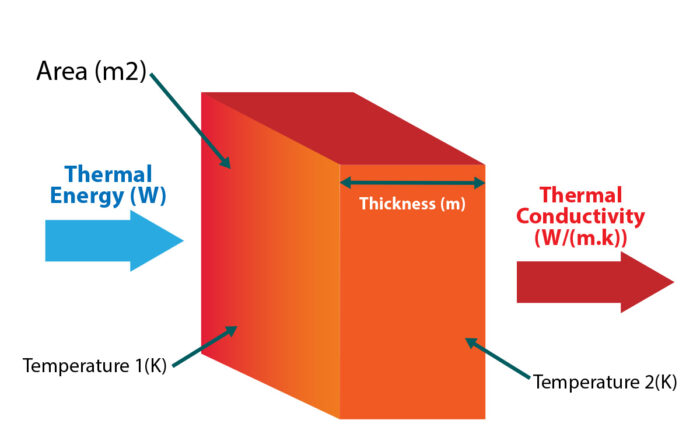Improving the insulation on a home is one of the best ways to improve its energy efficiency, with the potential to drastically reduce its heating bills and carbon footprint, all while making it a more comfortable place to live.
There are many different ways to improve the insulation of your home, at the attic and roof level, in the walls, and beneath the floors, all of which can dramatically reduce the heat loss from the building fabric.
The SEAI offers many grants which can help homeowners with the cost of installing new insulation, making it these essential home upgrades more affordable and accisble for all.
We can guide you through the many different insulation options available today, the different materials they may use, and things to look for when seeking a good installer in your area.
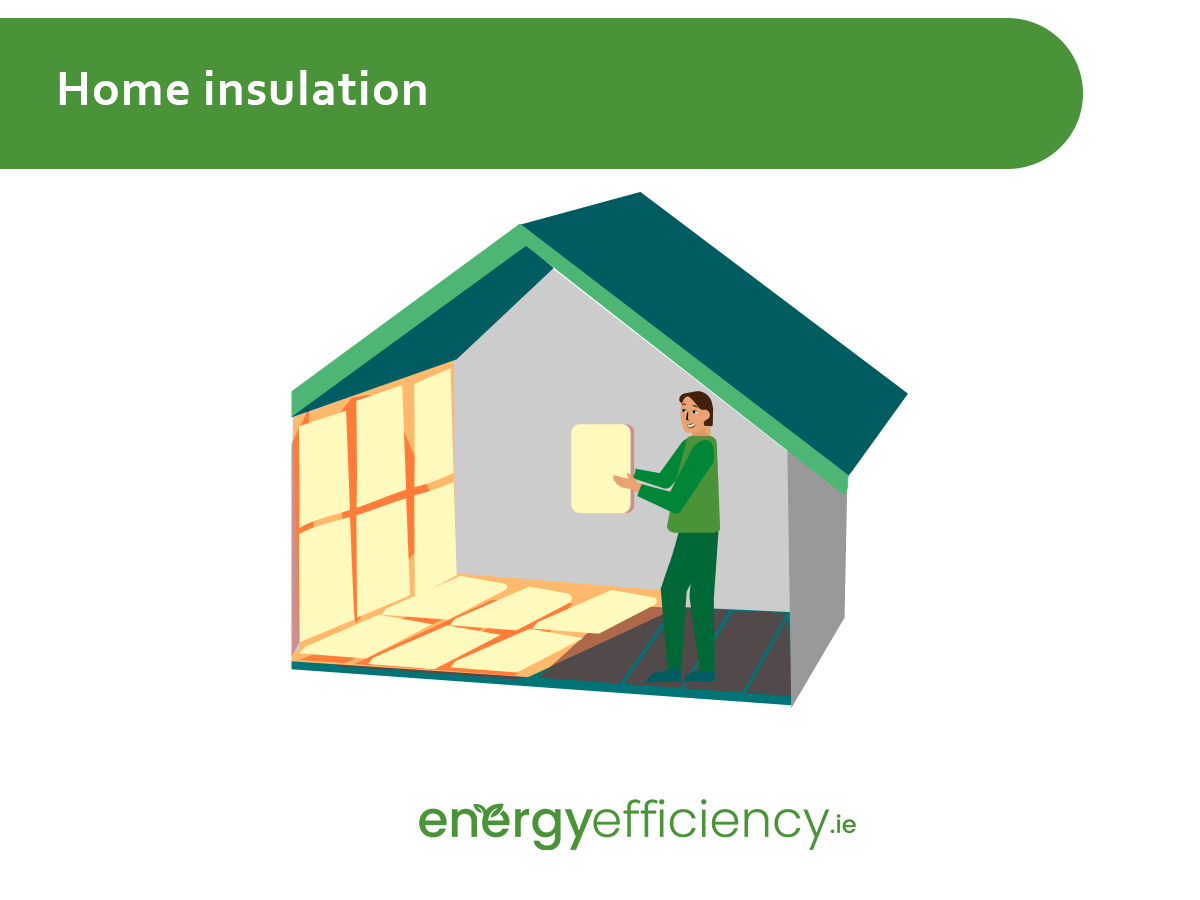
Choosing an Insulation Installer
Home insulation can cost thousands of euro and is meant to keep your home warm for decades to come. That’s why it’s important to have a reliable installer for the job.
Getting poorly installed insulation can leave you without any of the intended benefits, and cost even more money to get the job fixed.
That’s why it’s important to take the time to select a reputable installer.
Avoid cowboy builders and enjoy peace of mind that your new insulation will be keeping you cosy for years to come.
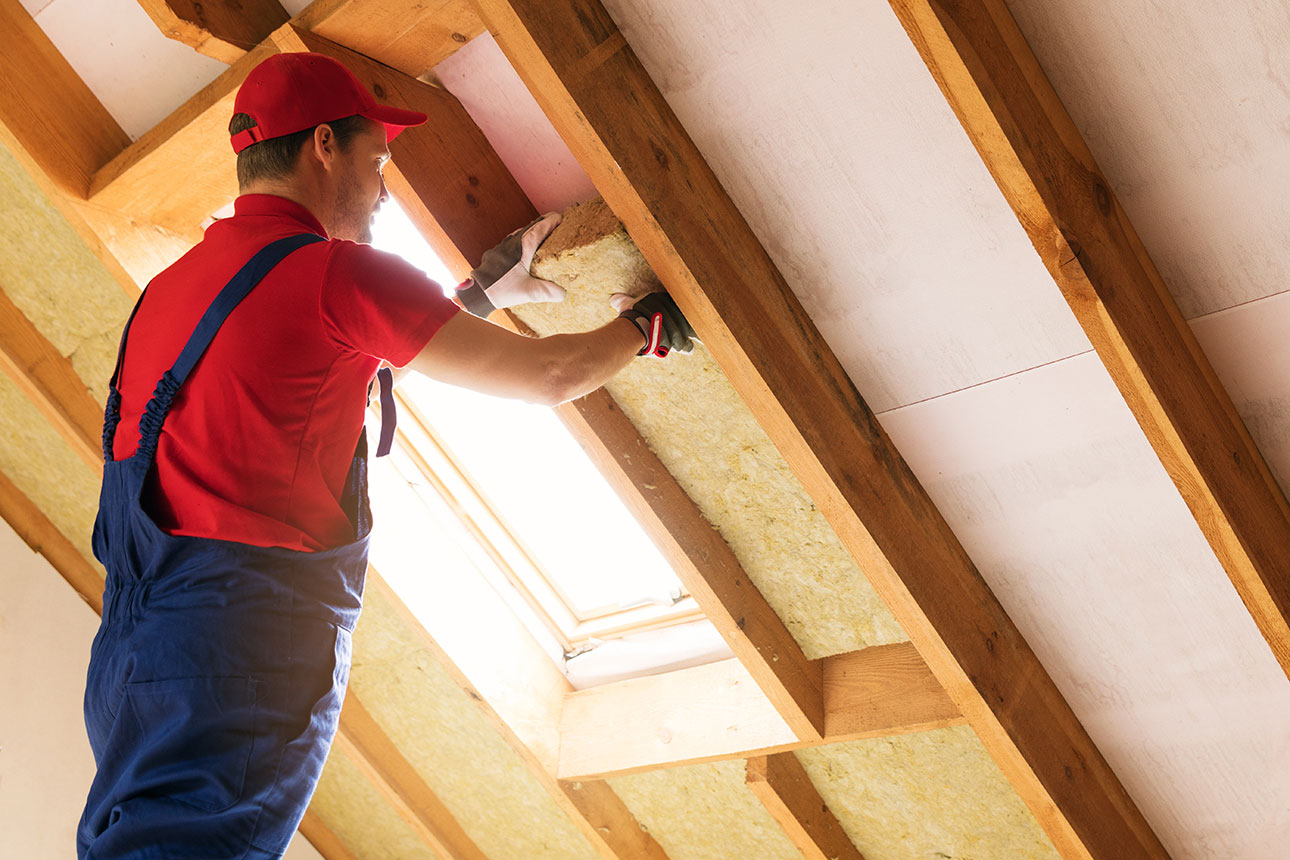
Increase Property Values
Adding insulation to a home can significantly increase the property’s value
Reduced Carbon Footprint
Less oil or gas used for home heating is good for the environment
Warmer Home in Winter
Keep your home warmer with less effort during the cold winter months
Helps to Protect Homes
Some insulation can add protection from damp and the weather
Insulation Materials
The type of insulation which will be used in your home depends on the area of the house which is being worked on, and can also depend on how much you are willing to spend on the quality of materials.
FAQs
Get in Touch
Get in touch to hear more about how Home Insulation can improve your home life today. Speak with the experts to get a recommendation and quote on what home improvements will suit you best.
